from 0 review
1 Day
Specific Tour
20 people
___

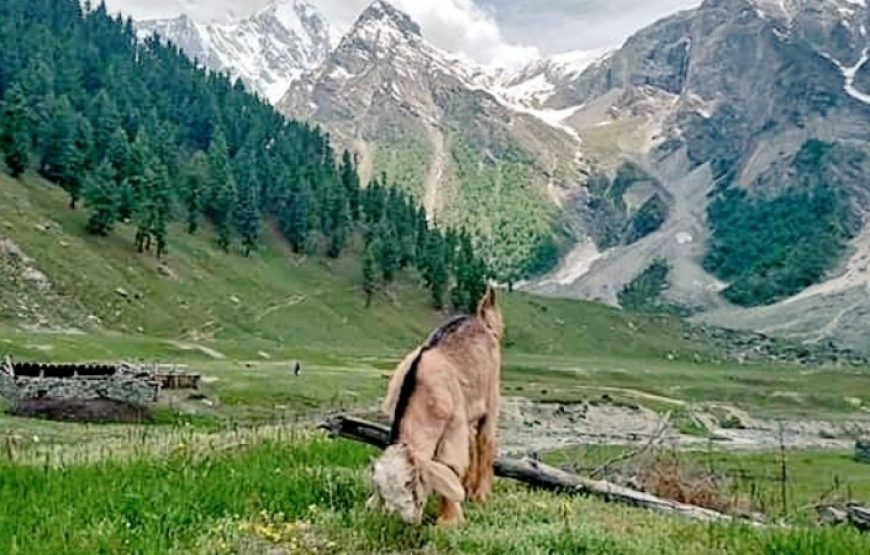
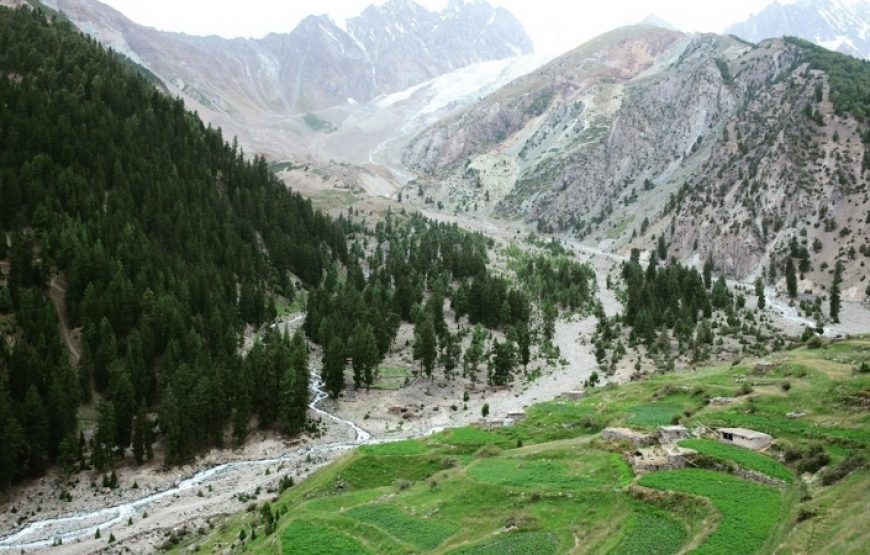
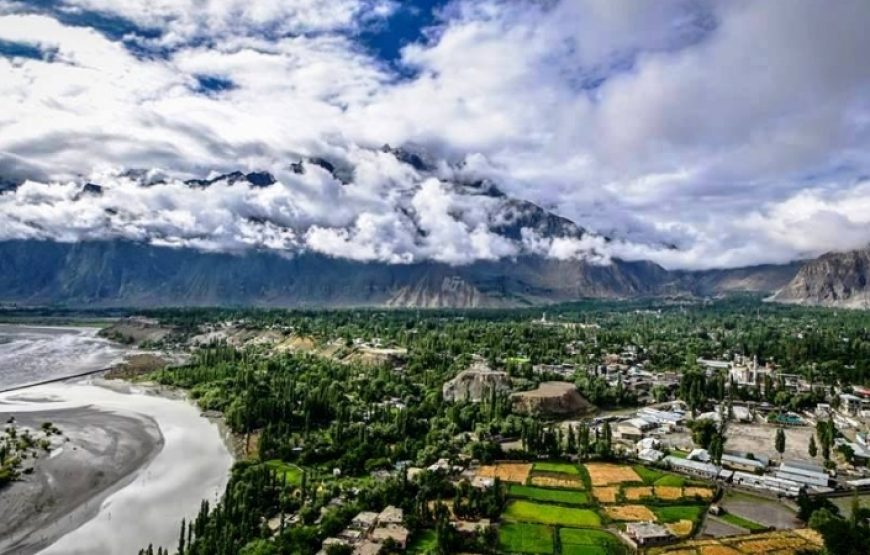
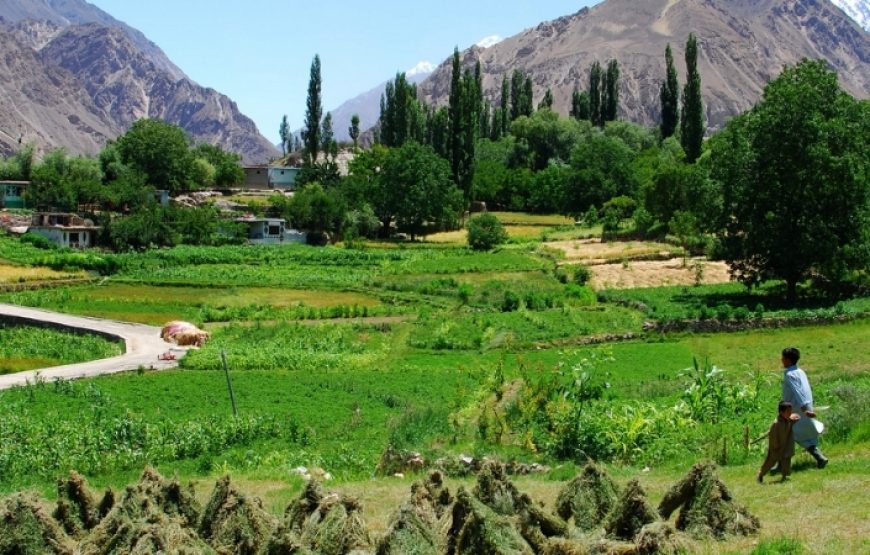
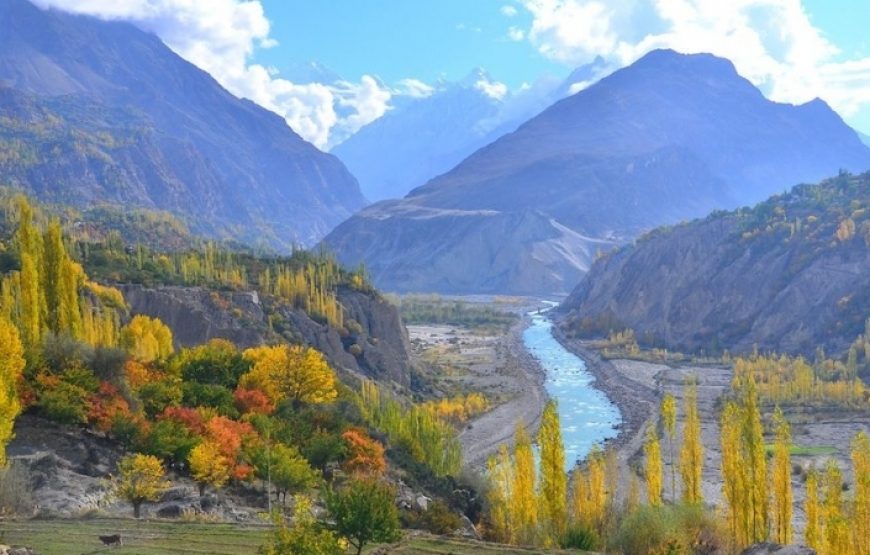
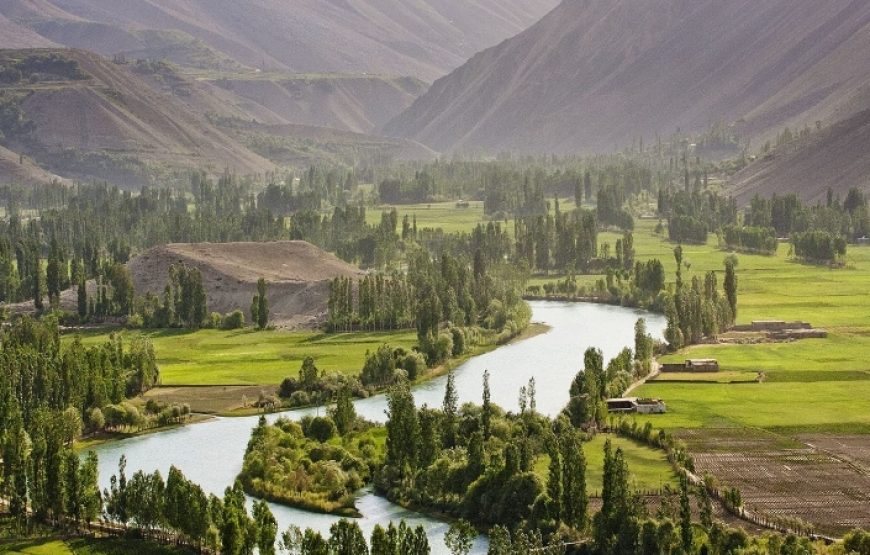
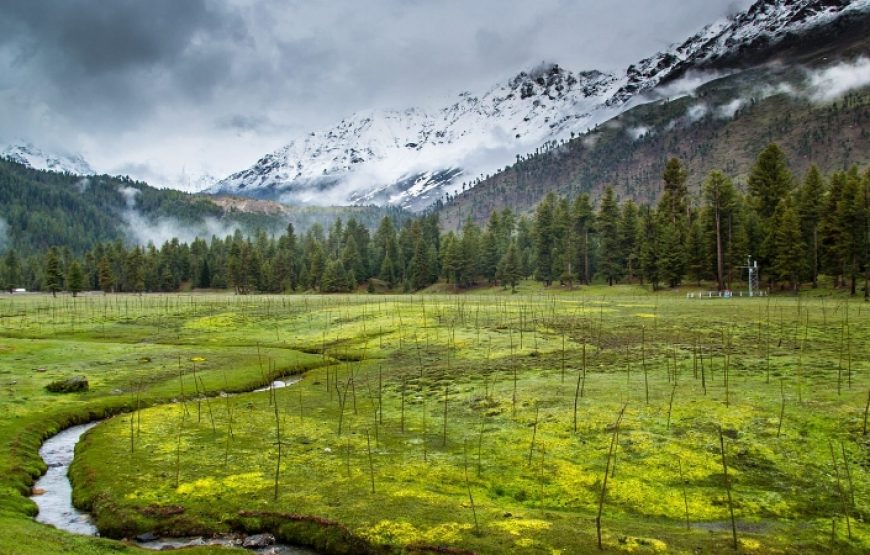
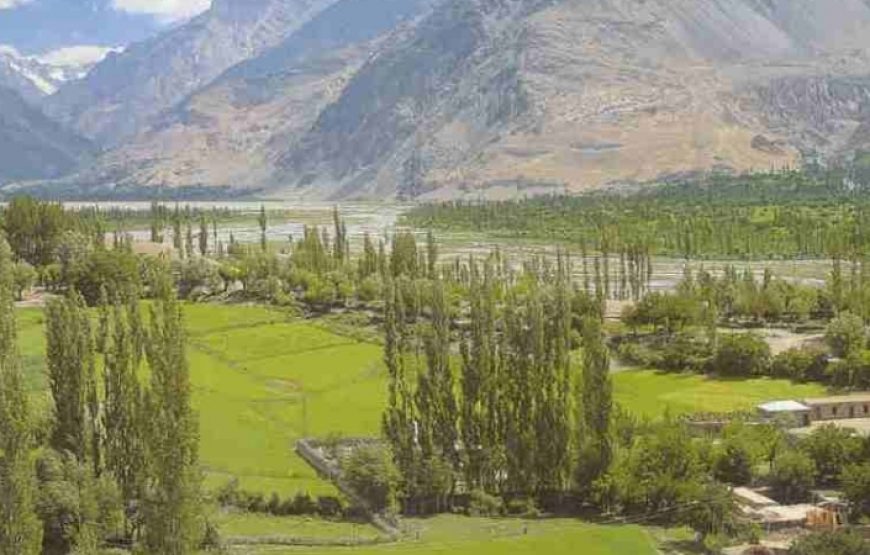
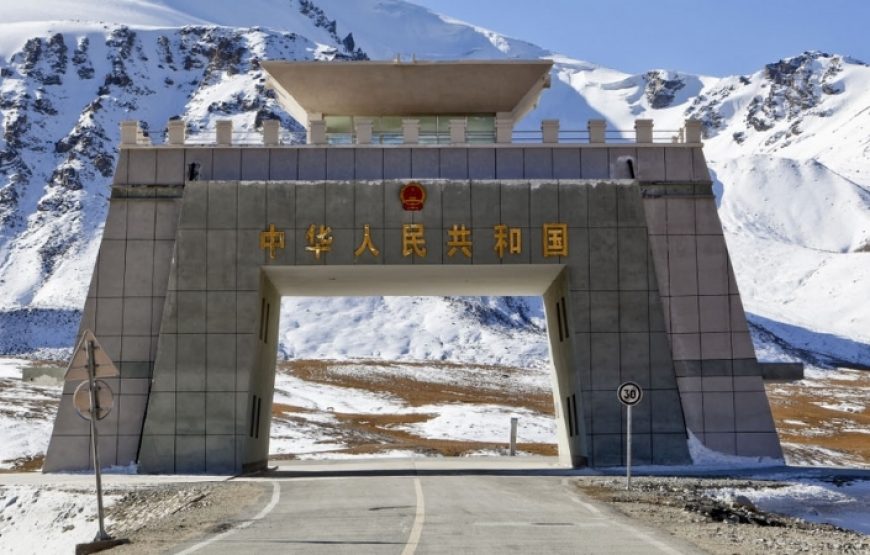
Gilgit, the capital of Gilgit-Baltistan, is a captivating city that serves as the cultural and logistical heart of the region. Nestled on the confluence of Hunza River and Gilgit River, surrounded by majestic peaks of the Karakoram and Hindukush ranges, Gilgit is a prime destination for tourists seeking natural beauty, cultural richness, and historical depth. It is often considered the gateway to many of the region’s famed valleys, including Hunza, Skardu, and Astore, making it an essential hub for adventure tourism in northern Pakistan.
The city is rich in history, once serving as an important center along the ancient Silk Road. It was also a prominent seat of Buddhism centuries ago, evidence of which can still be seen today in the famous Kargah Buddha—a 7th-century rock-carved image of a standing Buddha, located just a few kilometers outside the city. This remarkable archaeological site reflects Gilgit’s role as a significant Buddhist center before the spread of Islam in the region.
Modern-day Gilgit is a blend of tradition and progress. Its bustling bazaars offer local handicrafts, gemstones, and dried fruits, while hotels and guesthouses cater to both domestic and international travelers. The Gilgit Airport connects the city to Islamabad, further enhancing its accessibility and importance as a travel base.
Nearby attractions include the Naltar Valley, known for its alpine scenery and skiing in winter, and the tranquil lakes of Phander and Khalti, easily reachable from the city. Gilgit’s strategic location on the Karakoram Highway also makes it a stopover for travelers heading to the China-Pakistan border via the Khunjerab Pass.
As the administrative and cultural capital of Gilgit-Baltistan, Gilgit city continues to play a vital role in tourism, history, and regional development—offering a perfect blend of nature, heritage, and hospitality.
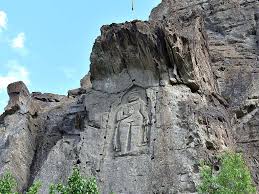
The Kargah Buddha is a remarkable 7th-century rock carving located about 6 kilometers from Gilgit city. Etched into a cliff face, the 15-foot-tall figure represents a standing Buddha, reflecting the region’s deep-rooted Buddhist heritage before the arrival of Islam. Surrounded by rugged mountains and a tranquil stream, the site offers both historical intrigue and natural beauty. Believed to have served as a spiritual symbol along the ancient Silk Road, the Kargah Buddha remains a significant archaeological and cultural landmark. It attracts tourists, historians, and spiritual seekers alike, offering a glimpse into Gilgit’s ancient past and religious diversity.

The Hanzal Stupa is an ancient Buddhist relic site located near Gilgit city, in the village of Hanzal. Dating back to the 3rd to 5th centuries CE, the stupa reflects the region’s historical importance as a center of early Buddhism along the Silk Road. Though now in a ruined state, its remains suggest it was once a significant religious monument, possibly serving as a pilgrimage site or a marker of sacred ground. Surrounded by scenic mountains and valleys, the Hanzal Stupa offers insight into Gilgit’s spiritual past and is of great interest to archaeologists and history enthusiasts exploring the region.
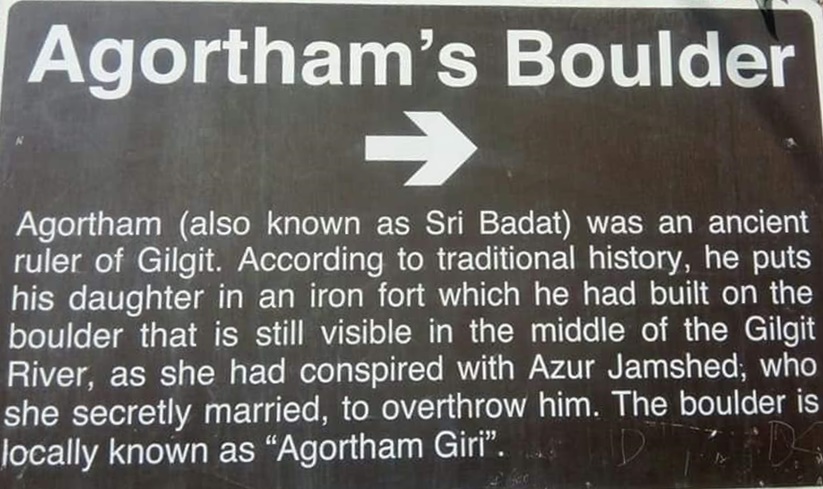
Agortham Boulder, locally known as "Agortham Giri," is a significant cultural landmark situated in the Amphary area, just south of Gilgit city. Positioned beneath a suspension bridge over the Gilgit River, this massive rock is steeped in local folklore. According to tradition, it was once the site where Agor Tham, also known as Shri Badat, imprisoned his daughter in an iron cage for conspiring against him. The daughter had secretly married Azur Jamshed, a man intent on overthrowing her father. Beyond its legendary associations, the boulder offers a tranquil riverside setting, making it a compelling destination for both cultural enthusiasts and nature lovers exploring Gilgit-Baltistan.
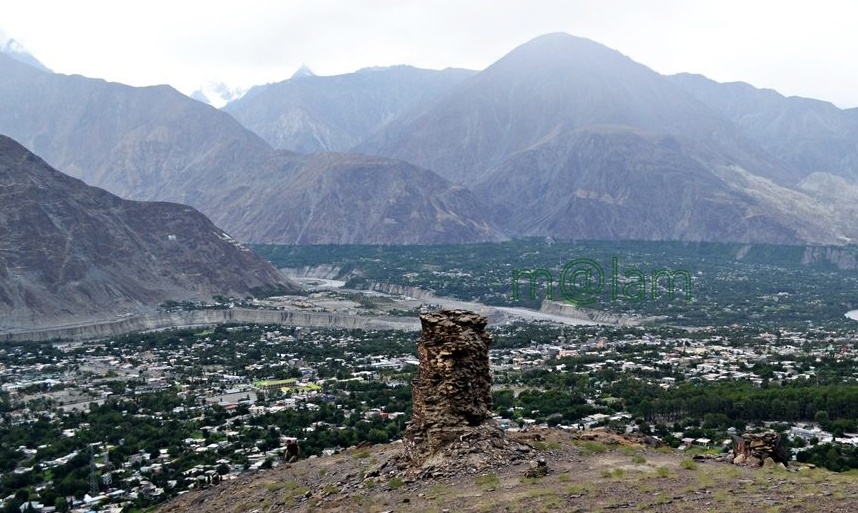
The Victory Monument of Taj Mughal, also known as the Taj Mughal Minar, is a 700-year-old commemorative tower perched approximately 1,000 feet above Gilgit city on the southern slopes of Khomar and Jutial. Constructed in the 13th century by Taj-ud-Din Mughal, an Ismaili ruler from Badakhshan, the monument celebrates his conquest of Gilgit and the subsequent spread of Ismaili Islam in the region. Standing at 21 feet 10 inches tall and 14 feet 4 inches wide, the structure offers panoramic views of Gilgit and its surroundings. Accessible via a challenging 30 to 45-minute hike from Jutial, the site combines historical significance with natural beauty, making it a must-visit for history enthusiasts and trekkers alike.
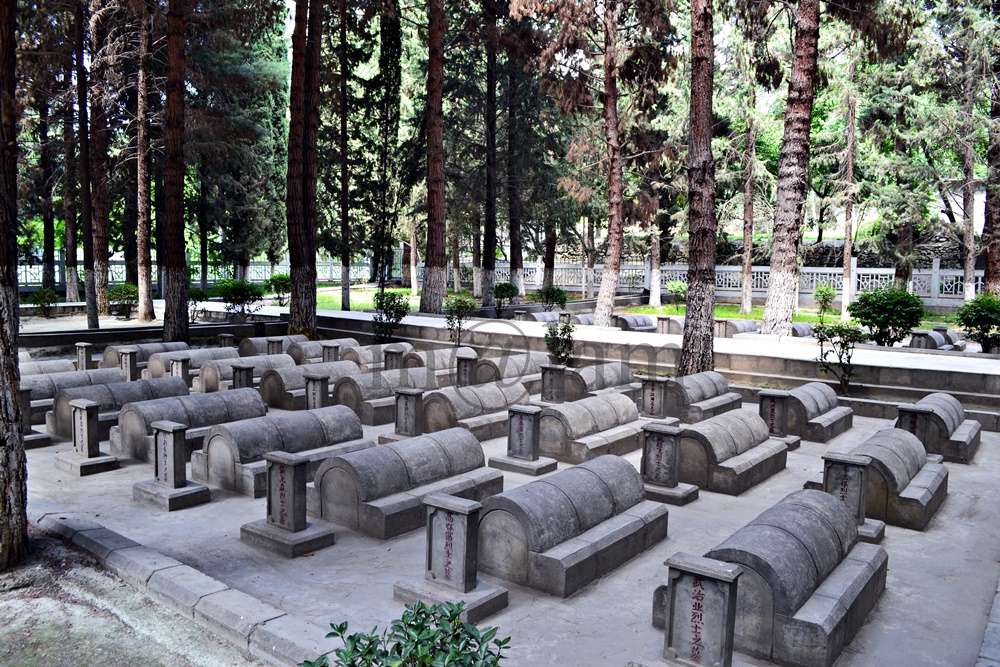
The Chinese Graveyard in Gilgit is a solemn site dedicated to Chinese engineers and workers who lost their lives during the construction of the Karakoram Highway in the 1960s and 70s. Located near Danyore, this peaceful resting place stands as a symbol of Pak-China friendship and the sacrifices made for one of the world's highest paved roads. The site is well-maintained, with Chinese inscriptions and memorials that offer a glimpse into the camaraderie and hardships of that era. Visitors often stop to pay respects and reflect on the historical cooperation between the two neighboring nations.
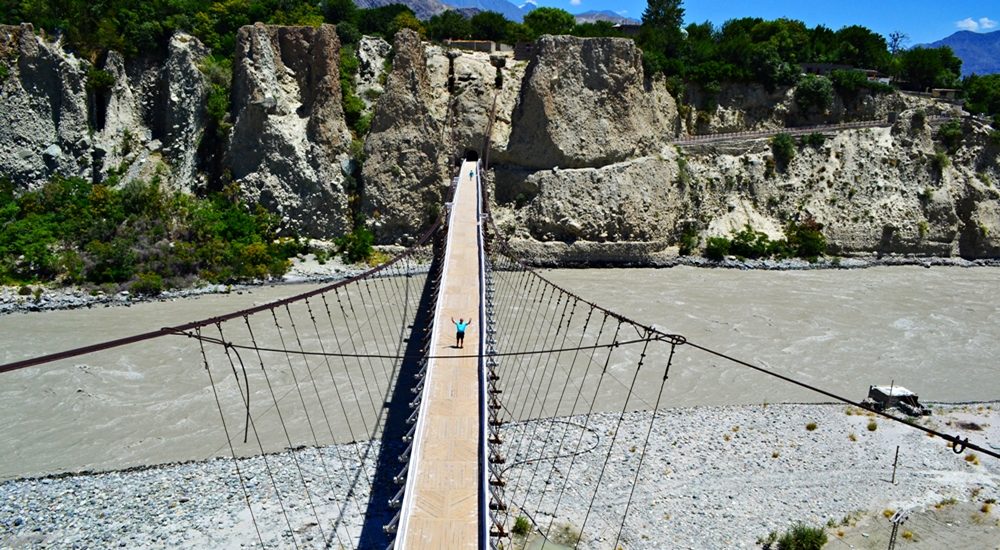
The Danyore Suspension Bridge is one of Gilgit’s oldest and most thrilling pedestrian bridges, spanning the roaring Gilgit River. Built several decades ago, this wooden bridge links the Danyore side to the Konodas area and is still used by locals. Its slightly swaying planks and creaky cables make it a unique experience for adventurous visitors. The bridge is surrounded by striking scenery, including rugged cliffs and river views. Nearby, the rock-hewn Danyore tunnel adds to the charm. Though a bit worn, the bridge remains a popular local attraction and a testament to early engineering in the mountainous region.
The Konodas Rock Inscriptions are ancient petroglyphs located near the bridge connecting Gilgit to Danyore. These carvings date back to the early centuries CE and are believed to be linked to the Buddhist and pre-Islamic periods of the region. The inscriptions, written in scripts such as Kharosthi and Brahmi, offer valuable clues about ancient trade routes, beliefs, and travelers who once passed through this area on the Silk Road. Though many are weathered with time, these rocks remain an important archaeological site, drawing scholars and tourists interested in the deep historical roots of Gilgit-Baltistan.
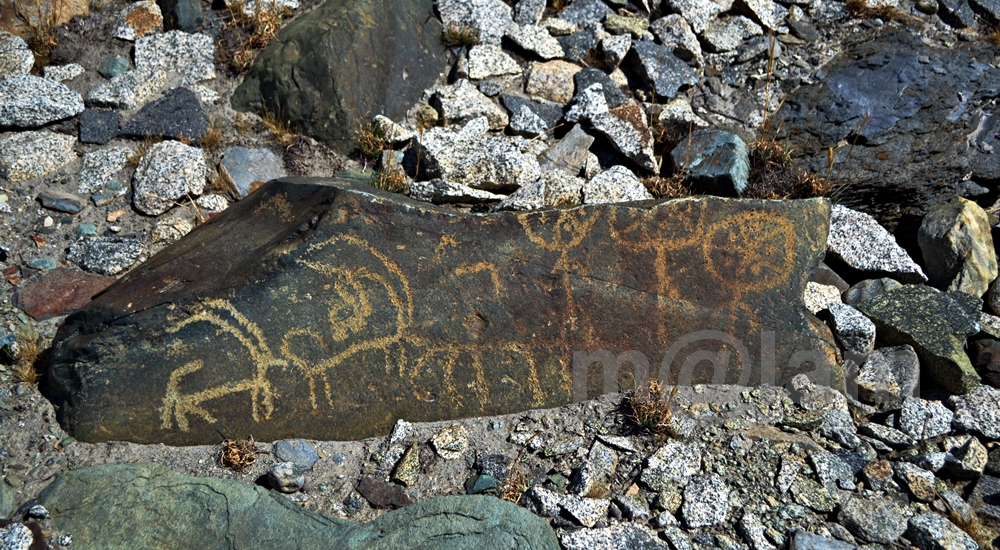
The Konodas Suspension Bridge is another historic bridge in Gilgit, often confused with the Danyore Suspension Bridge. It serves as a key pedestrian crossing point over the Gilgit River, connecting the main city to the Konodas locality. Though smaller and less traveled than other bridges, it holds its own rustic charm. The bridge offers lovely river views and provides access to nearby villages and agricultural areas. Like other traditional bridges in the region, it reflects the ingenuity of local engineering and remains in use for everyday commuting, especially by students and farmers heading into Gilgit city.
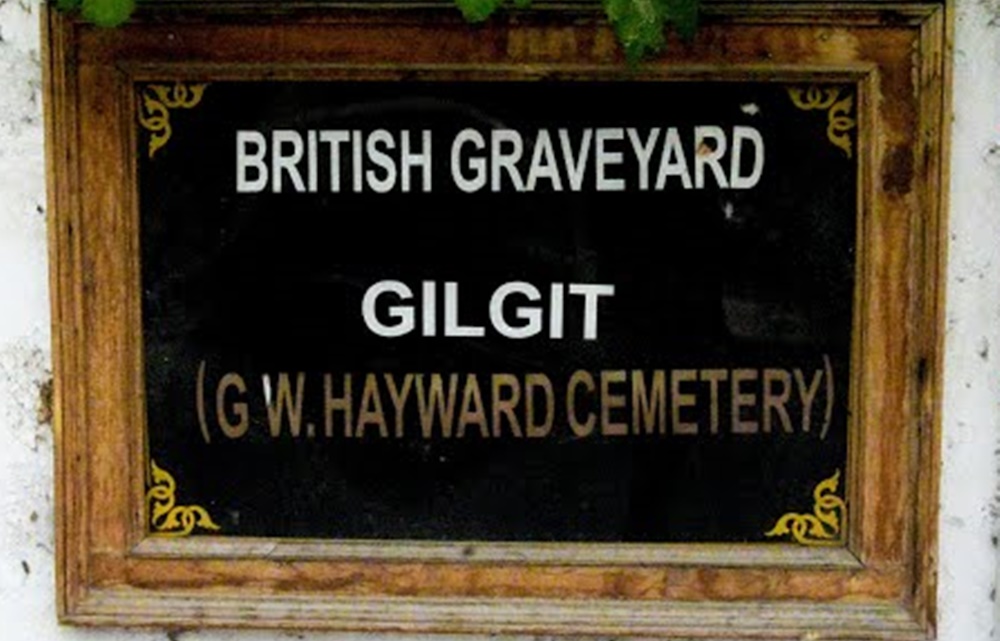
The British Graveyard in Gilgit is a colonial-era cemetery that holds the graves of British officers, explorers, and soldiers who lived and died in the region during the 19th and early 20th centuries. Nestled in a quiet corner of Gilgit, it provides a poignant glimpse into the days of the British Raj when Gilgit was a strategic frontier post. The graveyard features old tombstones with inscriptions in English, offering insights into the individuals who once played roles in the geopolitical dynamics of the area. It is a peaceful spot for history enthusiasts and those interested in colonial-era legacies.
Gilgit's central shopping market is a bustling hub of local culture, commerce, and everyday life. Located near the city center, the market is filled with stalls and shops selling a wide array of goods—from gemstones, traditional caps, and woolen shawls to dry fruits, handicrafts, and regional delicacies. The market reflects the diverse ethnic makeup of the region and is a great place to experience local hospitality and flavor. It's also a practical stop for tourists looking to purchase souvenirs or supplies before heading to remote valleys like Hunza or Skardu. The lively energy adds to Gilgit’s charm.
Thoughtful thoughts to your inbox